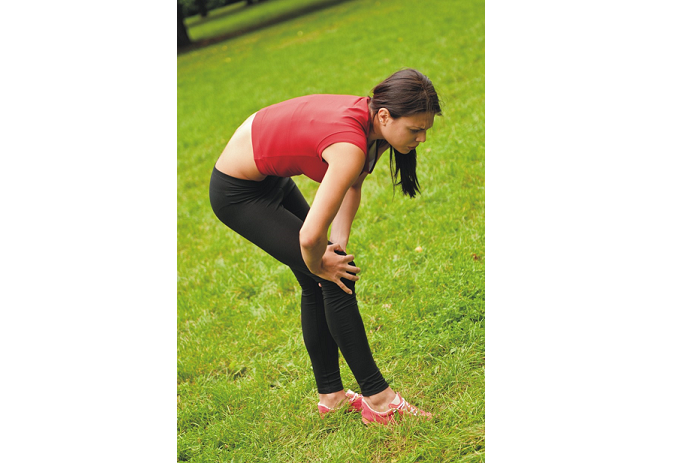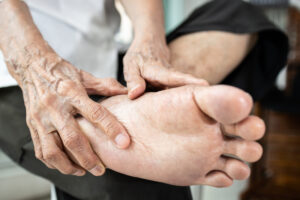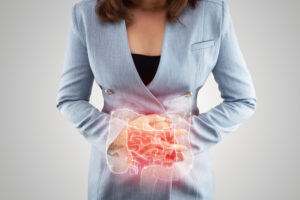When a sports enthusiast endeavors to accomplish a major goal such as a marathon, triathlon, or a game of high level competitiveness, the possibility of injury is great. They are pushed to the limit of their endurance and physical capabilities, and often times beyond it. If they had a previous injury, typically they will take some form of over-the-counter pain or anti-inflammatory medication such as ibuprofen. While they are generally able to perform, they push beyond the body’s natural response to hold back in order to prevent further injury. This could be a big mistake.
Exhaustion from pushing the limits of endurance can result in falls or other accidents which could also cause harm. Exhaustion and pain are the body’s communication to stop. It is a warning that further stress on that muscle, bone or ligament is going to cause greater injury. However, the desire to succeed typically overrides the common sense notion of stopping. So when injury results, fortunately, help is available.
While NSAIDS help short term with inflammation, and subsequently pain, the real goal would be for long term healing. There are dietary dos and don’ts that help with healing as well as several other modalities that are generally helpful. Chiropractic, therapeutic massage, physical therapy and acupuncture are probably the most well utilized for helping sports injuries.
Acupuncture works by improving the body’s response to pain, inflammation, swelling and muscle spasms. It stimulates healing by increasing the micro-circulation into the area, bringing the much needed components necessary for tissue to mend. From a conventional medicine perspective, Acupuncture is thought to work by releasing several brain chemicals responsible for pain control, other hormones for reducing inflammation and to stimulate cells called macrophages to rid the body of the damaged cellular tissue.
From a “Traditional Chinese Medicine” perspective the body has energy (or “Qi” – pronounced “chee”) that flows through the body along specific pathways called “channels” or “meridians”. These channels supply energy to all areas of the body. When trauma occurs, the pathway can be blocked or the energy “stuck” which manifests as pain, stiffness, tenderness, inflammation, cramping, throbbing or spasm. Also, the blood “stagnates” in that area. By clearing the pathway and blood stagnation, energy is restored to the tissue (or organ as in other health challenges), and healing can occur. Acupuncture is effective whether the injury is soft tissue, such as muscle or skin, or if it effects the joints and even the bones.
Acupuncture has proven its effectiveness over time to heal injuries in all parts of the body. So instead of opting for temporary over-the-counter solutions which simply mask the pain, try healing instead. Acupuncture is a great option!
©2010 Holly A. Carling, O.M.D., L.Ac., Ph.D.







